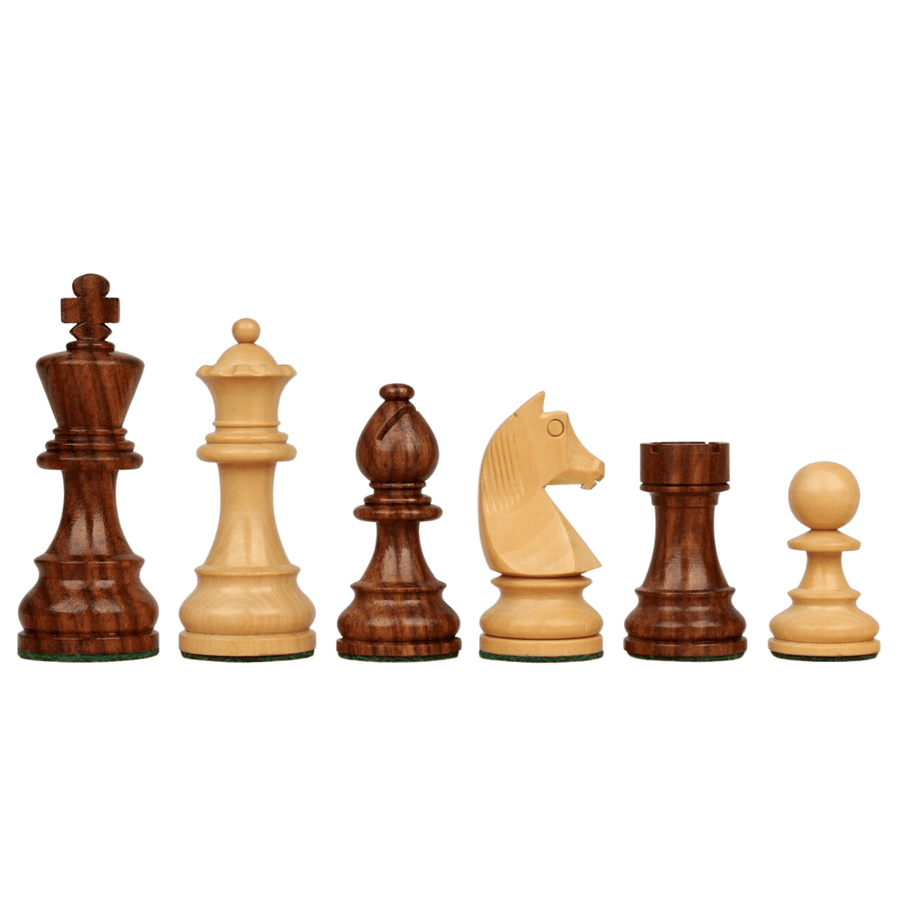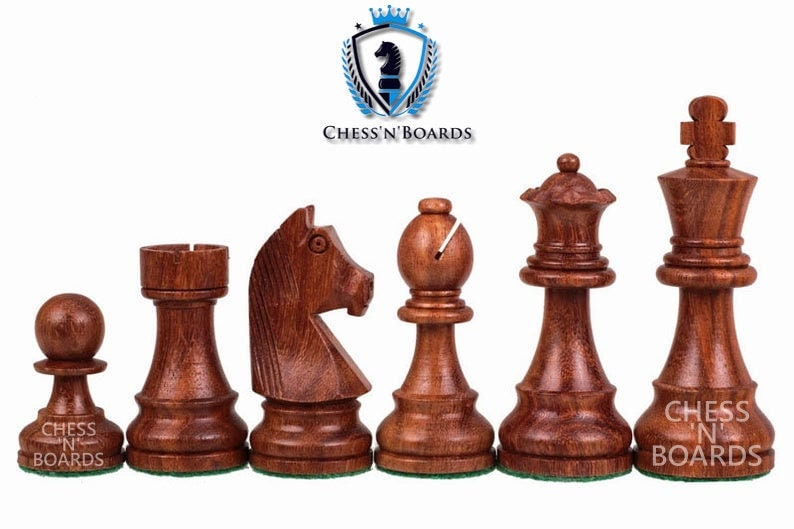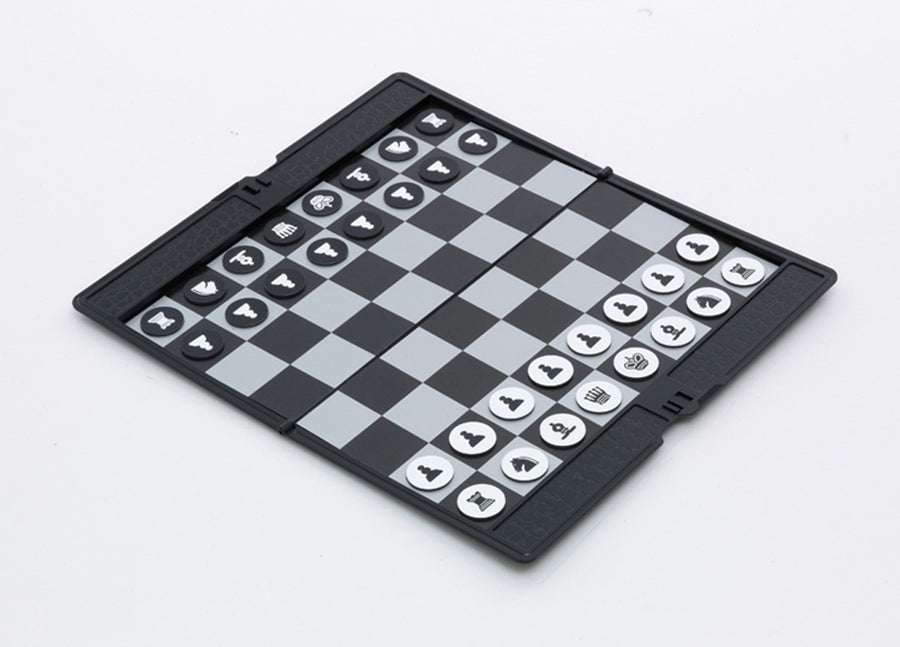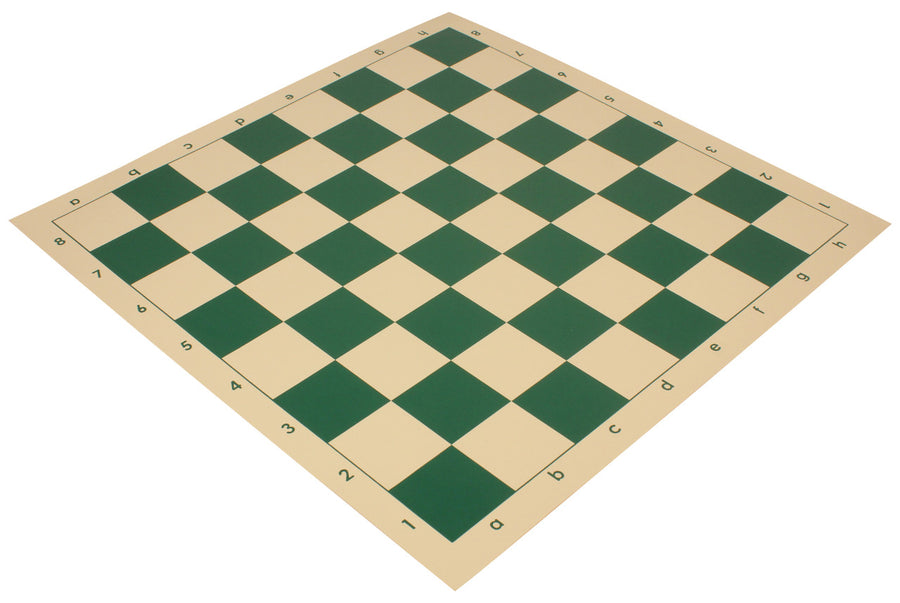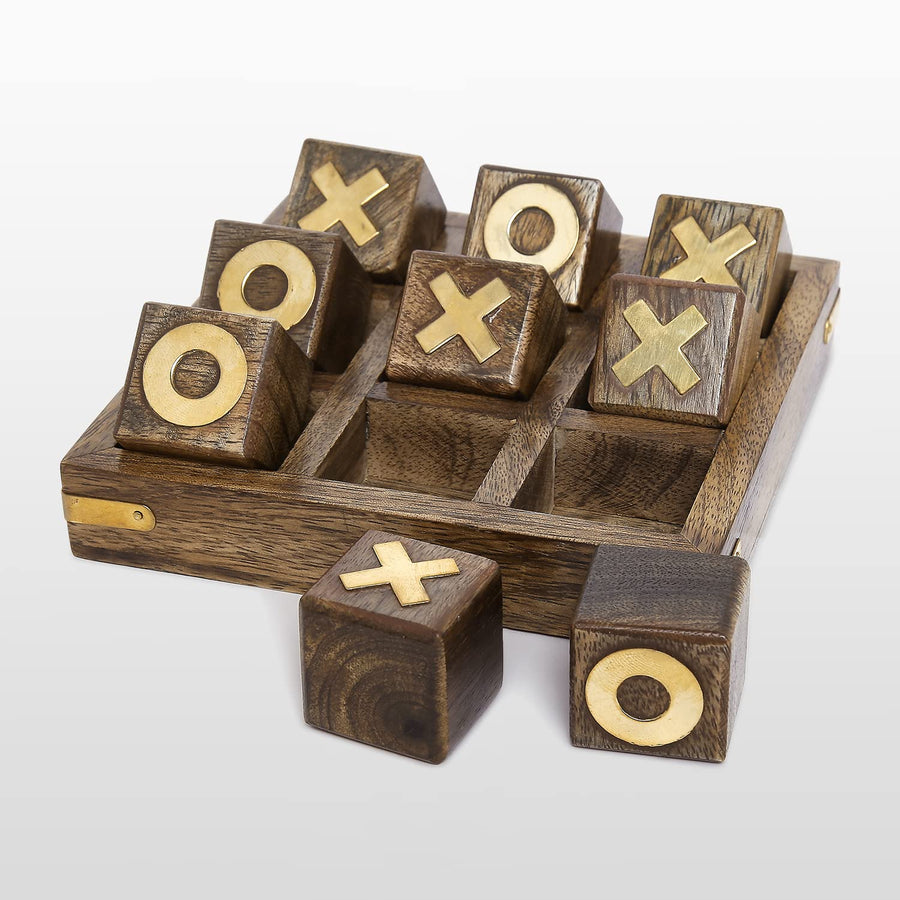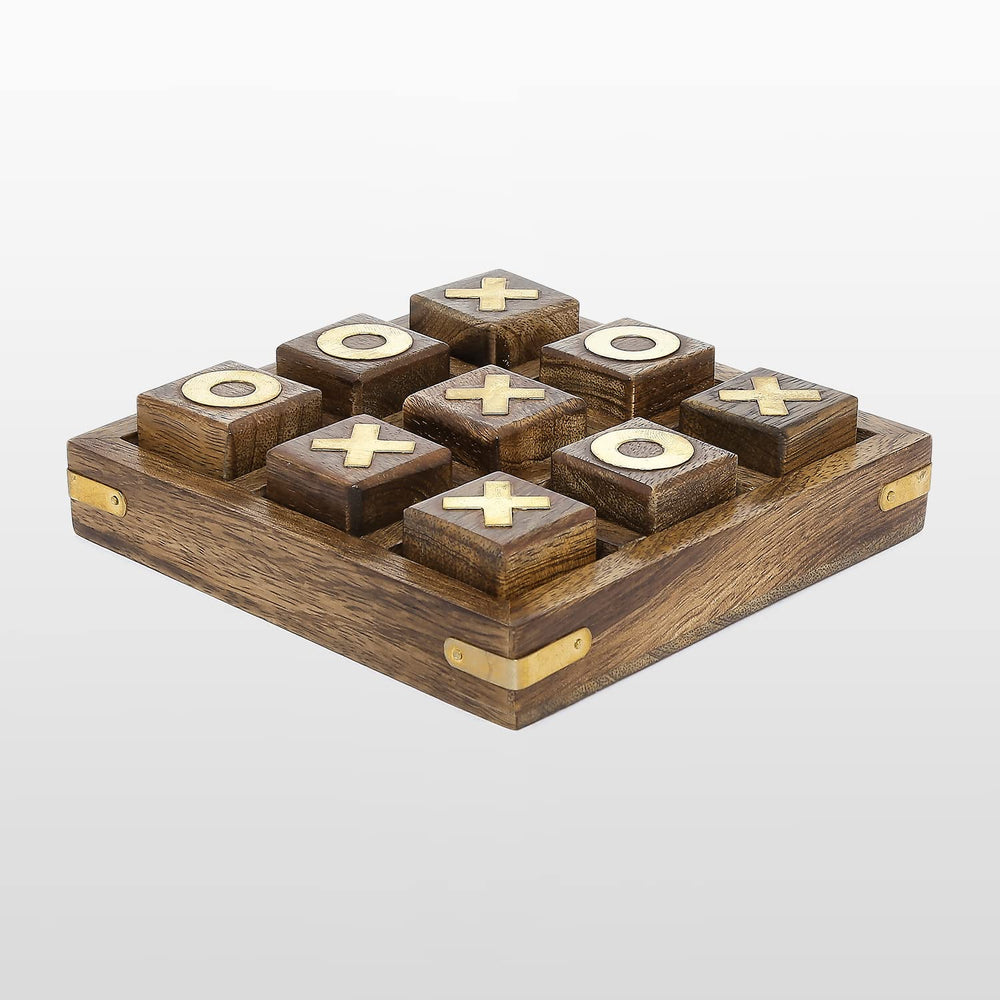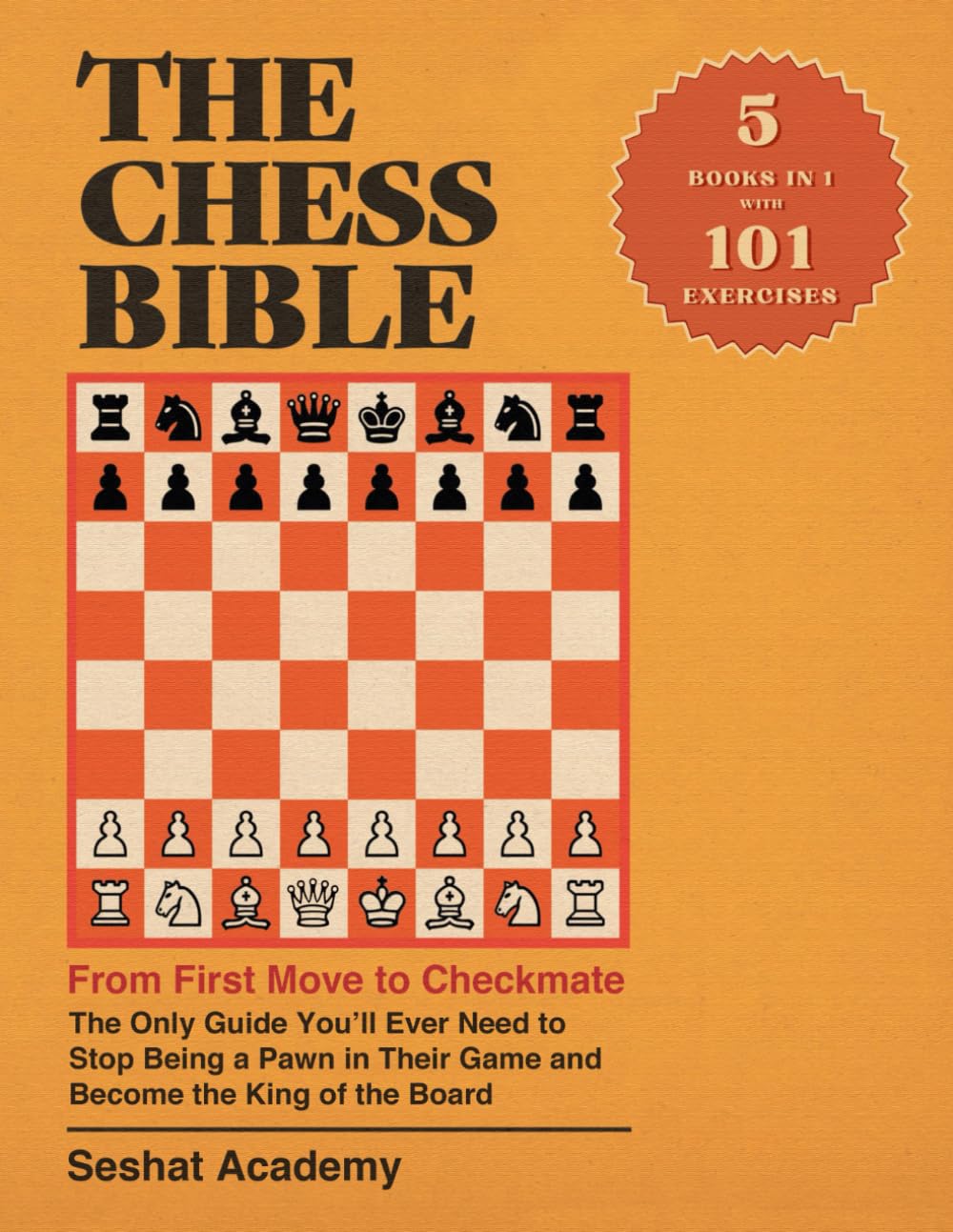How To Play "Backgammon"
Backgammon is a two-player board game that requires strategy and luck. Although I cannot provide images directly, I can guide you through the basic gameplay and explain it step-by-step. You can also search for visual resources online to better understand the board layout and setup.
Here are the instructions on how to play Backgammon:
-
Board Setup:
- Backgammon is played on a board consisting of 24 narrow triangles called points or pips.

- Each player has 15 checkers of a specific color, usually white and black.

- The board is divided into four quadrants, each containing six points. The quadrants are divided by a bar in the center.
- Each player's checkers start in specific positions on the board:
- Two checkers on the 24th point for Player 1 (black).
- Two checkers on the 1st point for Player 2 (white).
- Five checkers on the 13th point for Player 1.
- Five checkers on the 12th point for Player 2.
- Three checkers on the 8th point for Player 1.
- Three checkers on the 19th point for Player 2.
- Five checkers on the 6th point for Player 1.
- Five checkers on the 17th point for Player 2.
- Backgammon is played on a board consisting of 24 narrow triangles called points or pips.
-
Objective:
- The objective of Backgammon is to move all your checkers to your home board and then bear them off. The first player to bear off all their checkers wins the game.
-
Gameplay:
- Players take turns rolling two dice and moving their checkers based on the roll's outcome.

- The numbers rolled on the dice represent how many points the player can move their checkers.
- A player can choose to move one checker the total number of points rolled or two checkers separately, each using one of the numbers rolled.
- Checkers can only move in one direction, following the board's layout.

- Players can move their checkers to an open point or a point occupied by their own checkers.
- To move a checker, select it and move it to the designated point indicated by the dice rolls.
- Players can also capture an opponent's checker by landing on a point occupied by a single opposing checker. The captured checker is placed on the bar and must re-enter the game before other checkers can be moved.
- After the roll, if a player can't move any of their checkers, they lose their turn.
- The bar acts as a holding area for captured checkers. They must be re-entered onto the opponent's home board before moving any other checkers.
- Players take turns rolling two dice and moving their checkers based on the roll's outcome.
-
Bearing off:
- Once a player has moved all their checkers into their home board, they can start bearing off.
- To bear off a checker, the player must roll the exact number needed to reach an open point within their own home board.
- If a player cannot use the exact number required, they must make a legal move using a higher number.
- A player cannot bear off any checkers until all their checkers are in their home board.
-
Winning the Game:
- The first player to bear off all their checkers wins the game.
Remember, Backgammon has additional rules for doubling, hitting checkers, and other advanced strategies. This overview should provide a basic understanding of the game. For more detailed rules, strategies, and images, consider referring to the rule book or online resources dedicated to Backgammon.


